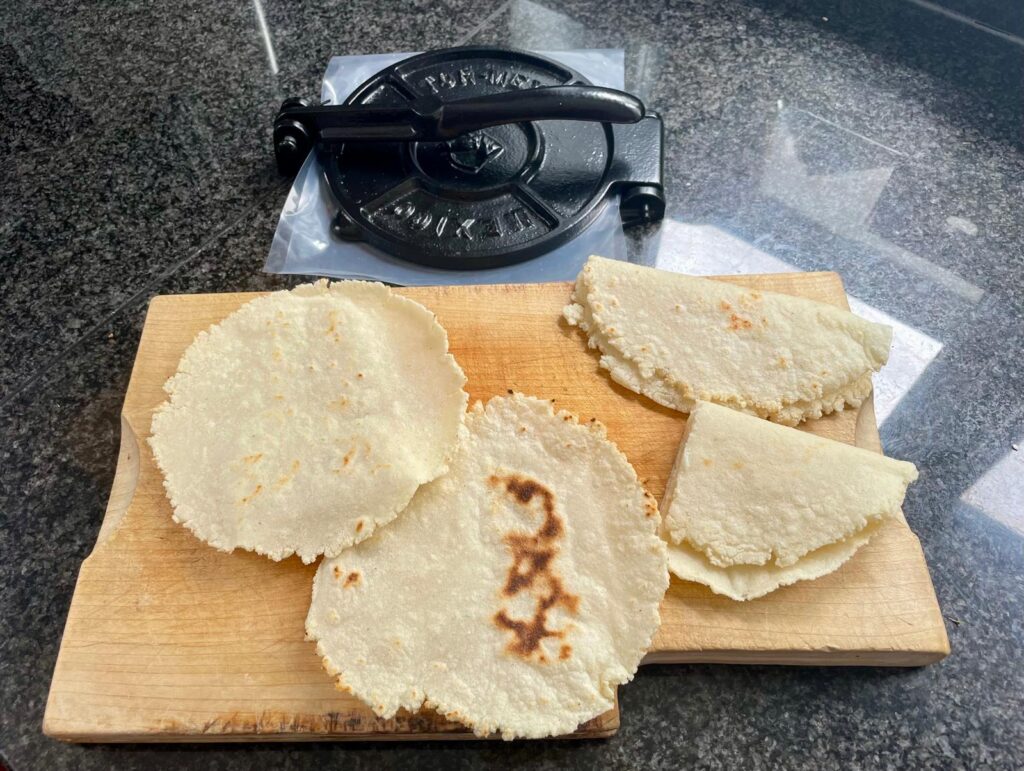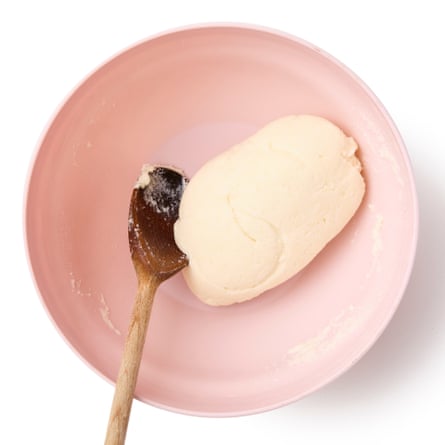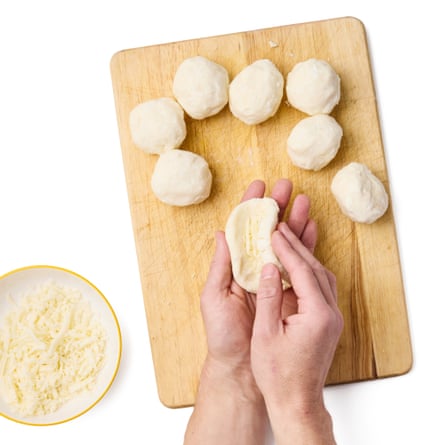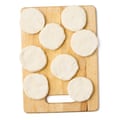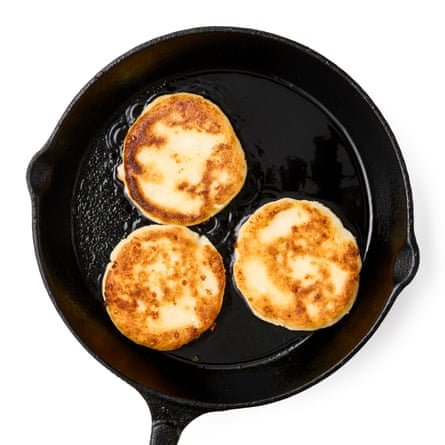Adas bil hamoud (aka sour lentil soup)
Versions of this soup, in which lemon is king, are found all over the Arab world. This is an Ottolenghi soup but changes depending on what kind of stock I have in my freezer, or herbs in my fridge, so feel free to play around with the ingredients as you see fit. I like my soup super lemony, but adjust this to your taste, too. If using vegetable stock, consider adding a couple of teaspoons of miso paste to enrich the broth.
Prep 25 min
Cook 1 hr
Serves 4-6
200g brown or green lentils
110ml olive oil
2 large onions, peeled and finely chopped
5 large garlic cloves, peeled and crushed
1½ tbsp cumin seeds
3 lemons – finely shave the skin off 1 into 5 wide strips, then juice all 3 to get 75ml
Salt and black pepper
3 firm, waxy potatoes, such as desiree, peeled and cut into 4cm pieces (650g-700g net weight)
400g Swiss or rainbow chard, leaves and stalks separated, then roughly sliced
1 litre vegetable stock (or chicken or beef, if you prefer)
1½ tbsp coriander leaves, finely chopped
2 spring onions, finely sliced on an angle
Put the lentils in a medium saucepan, cover with plenty of cold, lightly salted water and bring to a boil. Turn down the heat to medium and simmer for 20-25 minutes, until the lentils are nearly cooked but still retain a bite, then drain.
While the lentils are cooking, put 80ml oil in a large, heavy-based pot for which you have a lid, and put on a medium heat. Once hot, add the onions, garlic, cumin, lemon skin, two and a quarter teaspoons of salt and plenty of pepper. Cook for about 15 minutes, stirring often, until very soft and golden. Stir in the potatoes, lentils and chard stalks, pour in the stock and 800ml water, bring to a gentle simmer, then cover and leave to cook for 20 minutes, or until the potato is soft but still holds its shape.
Turn off the heat, stir in the lemon juice and chard leaves, and leave to cook in the residual heat for two or three minutes, until wilted. Divide between four bowls, drizzle over the remaining two tablespoons of oil, garnish with the coriander and spring onion, and serve hot.
Herb, spinach and burnt aubergine soup
This soup draws on both Middle Eastern and Indian techniques, and is everything you’d want from a bowl: it is smoky from the burnt aubergine, earthy from the greens and spicy from the tempered oil.
Prep 25 min
Cook 1 hr 25 min
Serves 4 as a starter
3 aubergines
3 tbsp lemon juice
Salt and black pepper
105ml olive oil, plus extra for greasing
2 onions, peeled and finely chopped
6 garlic cloves, peeled and crushed
60g coriander leaves, roughly chopped, plus 2 tbsp extra picked leaves
60g parsley leaves, roughly chopped, plus 2 tbsp picked leaves, to serve
40g dill leaves, roughly chopped, plus 2 tbsp picked leaves, to serve
5 spring onions, finely sliced
2½ tsp ground cinnamon
2½ tsp ground cumin
1⅛ tsp ground turmeric
400g baby spinach, finely shredded
500ml vegetable stock
1 red chilli, cut into ¼cm-thick slices
2 tsp black mustard seeds
Put a well-greased griddle pan on a high heat. Randomly poke the aubergines all over a few times with the tip of a small, sharp knife. Once the pan is smoking hot, lay in the aubergines and cook, turning occasionally, until deeply charred on the outside and softened inside – about 50 minutes. Don’t worry about over-charring them: the longer they cook, the better. Transfer the aubergines to a colander set over a bowl and leave to drain for 30 minutes. Remove and discard the blackened skin and stems, then tear the flesh into long strips. In a medium bowl, mix the aubergine flesh with a tablespoon of lemon juice, a third of a teaspoon of salt and a good grind of pepper. Set aside until needed.
While the aubergines are grilling, start on the soup. Heat four tablespoons of oil in a large saucepan on a medium-high heat. Add the onion and cook, stirring often, until softened and deeply browned – about 12 minutes. Add the garlic, cook for 30 seconds more, until fragrant, then turn the heat to medium-low and add the chopped herbs, spring onions and three tablespoons of water. Leave to cook, stirring often so the herbs don’t catch, for about 15 minutes, until deeply green and fragrant. Turn up the heat to medium-high, add the cinnamon, cumin and a teaspoon of turmeric, cook for 30 seconds, then stir in the spinach, stock, 400ml water, a teaspoon and three-quarters of salt and a generous grind of black pepper. Bring to a boil, then lower the heat to medium and leave to simmer for about 20 minutes.
Remove from the heat, transfer 350g of the soup mix to a blender and blitz smooth. Stir the blitzed soup back into the pan, add the remaining two tablespoons of lemon juice, and keep warm.
For the tempered oil, put the chilli and remaining three tablespoons of oil in a small frying pan and turn the heat to medium. Leave to cook, stirring occasionally, until the chilli is translucent and glossy – 10-12 minutes. Add the mustard seeds, cook for a minute, stir in the final eighth of a teaspoon of turmeric, then immediately tip the mixture into a bowl to stop it cooking further.
To serve, divide the soup between four bowls. Stir the picked herbs into the aubergines, spoon on top of the soup, and finish with a drizzle of the tempered oil and spices.








